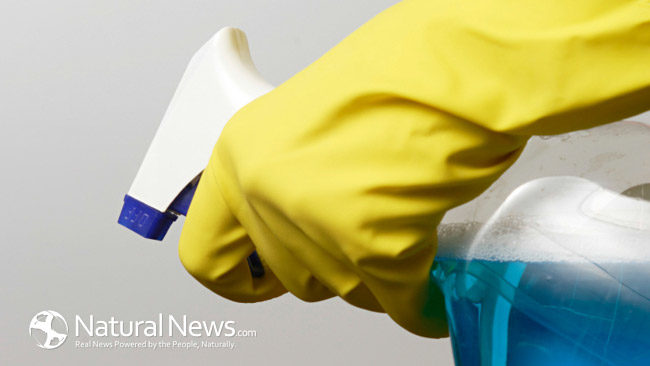Most people do not realize it, but on average, it is estimated that there are some 62 toxic chemicals in the average home. Most of these come into the home by way of cleaners and other household products that are, ironically, designed to make the home a safer place. If you are concerned about this and would like to make your home as chemical-free as possible, read on to find out more about some of the truly harmful chemicals that you should avoid when you are buying household products.
Phthlalates
You will not find this term on a product label, but if you see the word “fragrance”, then the product is likely to have this dangerous chemical. It is common in air fresheners and dish soaps. It is an endocrine disruptor, meaning it interferes with a person’s hormonal system and can lead to reproductive problems such as low sperm counts.
Perchloroethylene or “PERC”
Commonly found in many dry-cleaning, spot removing and upholstery cleaning products, this chemical is a neurotoxin and possible carcinogen that can cause nerve problems like loss of coordination and dizziness.
Triclosan
This chemical is found in many antibacterial liquids, gels and soaps. However, its aggressive antibacterial action can actually promote the growth of resistant bacteria due to overuse of these products.
Quarternary Ammonium Compounds or “QUATS”
A common chemical used in the manufacture of fabric softeners (both in liquid and sheet form), quats are an aggressive antibacterial agent and thus carry the same risks as triclosans in regards to developing drug-resistant microbes.
2-Butoxyethanol
This is found in many glass and surface cleaners to give them their fragrance, but inhaling this chemical can lead to serious health problems including pulmonary edema and severe damage to the kidneys and the lungs.
Ammonia
A common additive in products meant to polish bathroom fixtures and sink as well as in some glass cleaners, it is used to prevent the cleaner from leaving streaks. However, it can cause serious respiratory problems, especially for people with asthma or the elderly.
Chlorine
Many cleaning powders, mildew removers and bleaches contain chlorine. At high exposures, it is a strong respiratory irritant, but chronically it can also cause problems with the endocrine system, especially the thyroid.
If you are concerned about having these products in your home because of the chemical exposure risk, there are alternatives. Many health food stores and increasingly mainstream markets as well carry all-natural or eco-friendly products which avoid many of these harsh chemicals. There are also sites on the web which give information on making many cleaners on your own from scratch. This might take more time, but it will also save you a ton of money. Either way, your home will be safer from the risk of these harmful chemical additives.
More From Author :





